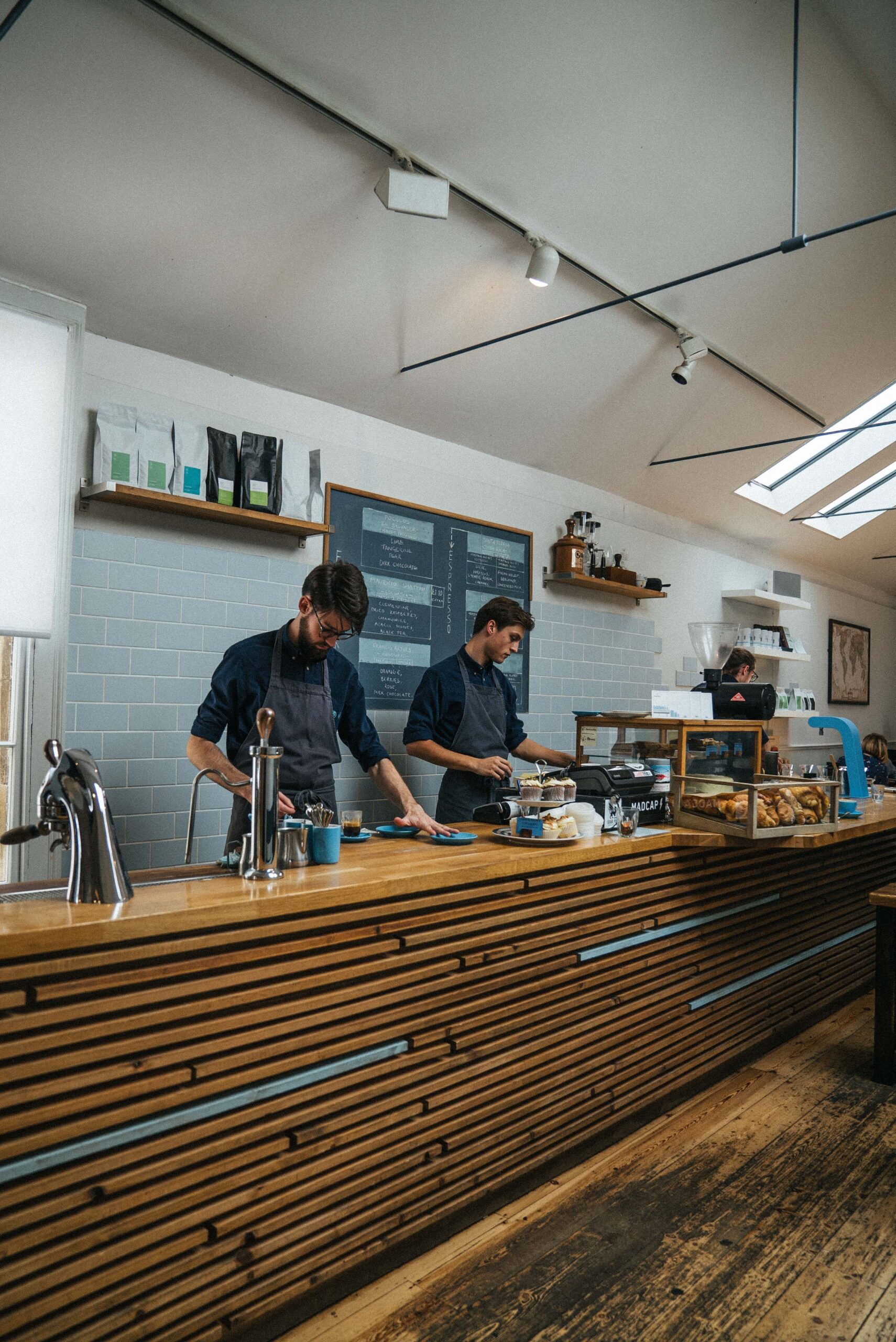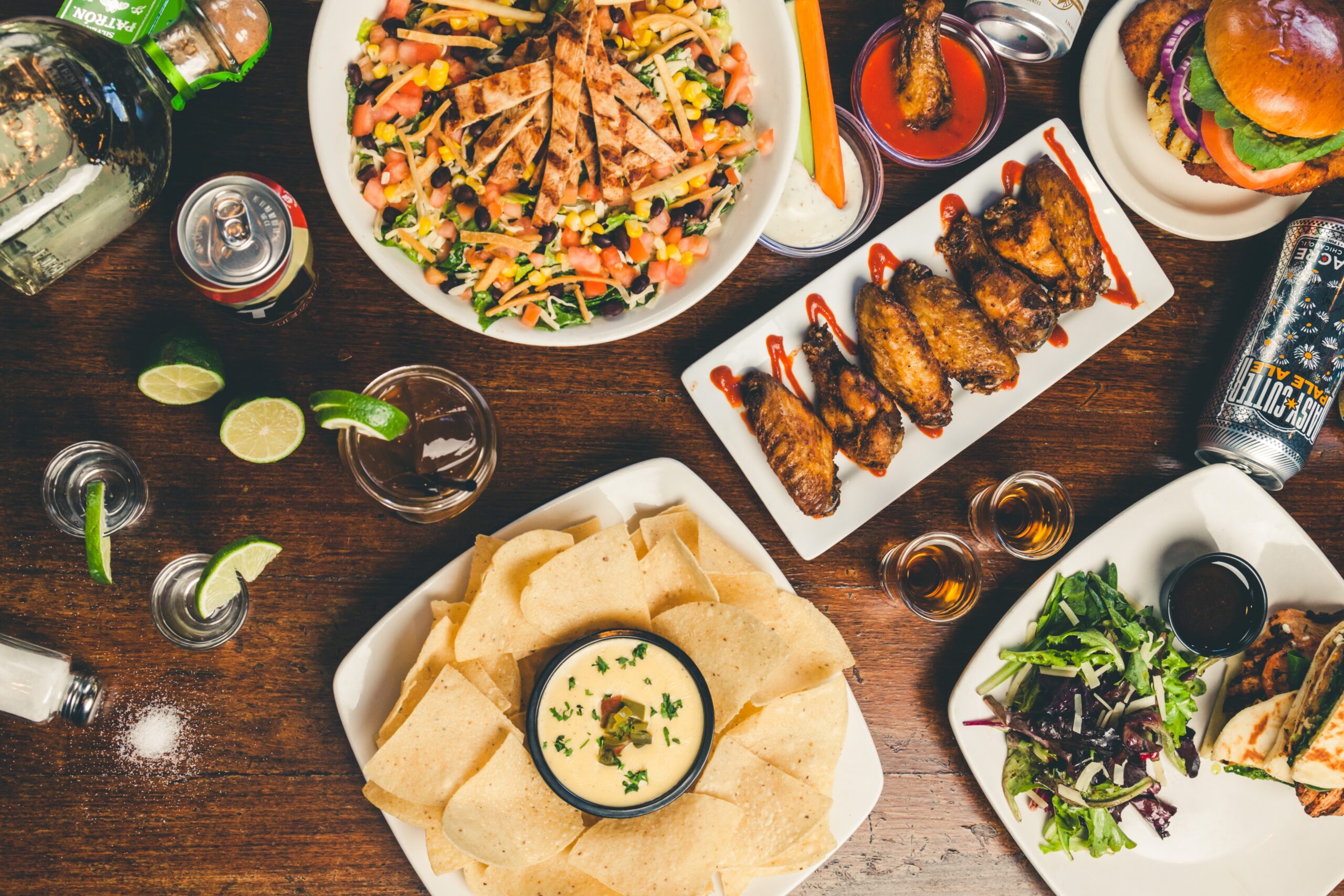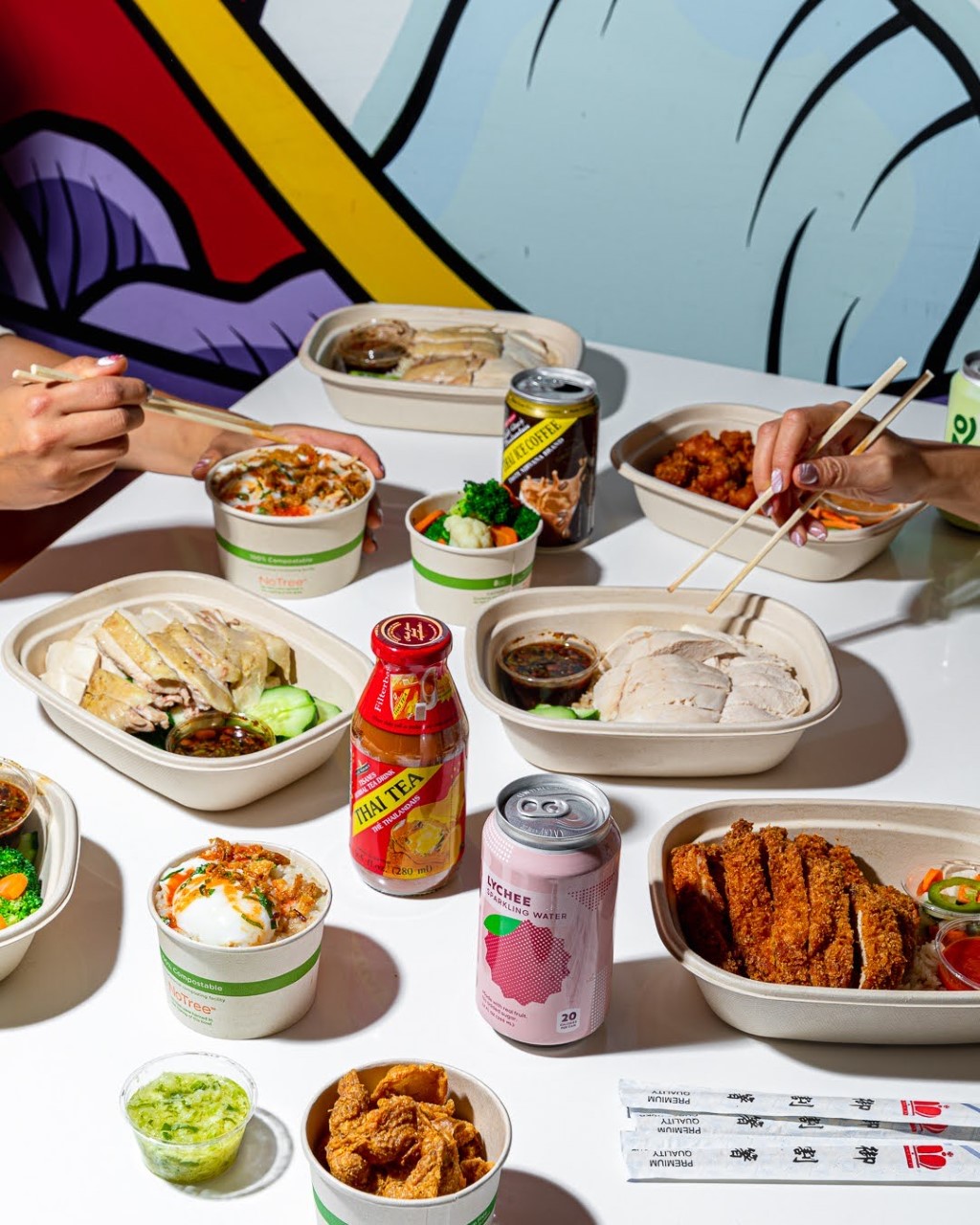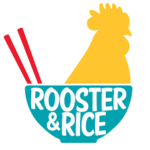Photo by Eaters Collective on Unsplash
You want to create a loyal customer base because these people will tell all their friends about your restaurant and bring them in to eat. Customers are often the best marketers for a business because they love what you do so much that they want to share it with others.
Fundamental Restaurant Marketing
By Gary Occhiogrosso – Managing Partner,Franchise Growth Solutions.
Introduction
Restaurant marketing is a topic often in business classes and career fairs. It’s a common question: “How do you market your restaurant?” The answer to this question can be pretty straightforward, but the process can be challenging. To make sure that your restaurant can attract new customers and keep them coming back, it’s essential that you have an effective plan for promoting your business.
The most successful restaurants are the best marketers.
To be one of those restaurants, you must learn about marketing. Marketing is not a one-time thing. It’s an ongoing process that must be done on a regular and scheduled basis if you want your business to succeed.
The first step in effective marketing is understanding what it’s not: it’s not advertising alone; instead, it’s everything you do to connect with your customers and get them talking about their experiences with your brand. For example, marketing could include social media posts on Facebook or Twitter (that are funny/cute/interesting enough), sharing photos of how great everything looks on Instagram (including food shots), posting videos explaining how something works on YouTube (like how a new dish gets made), offering special promotions such as “buy one entrée at regular price and get another free.
Social media is great for getting the word out about your restaurant. You can use social media to promote your restaurant and get customers to come in, or you can also use social media to get feedback from your customers.
Make sure that every employee is a marketer for your restaurant.
They may not be able to explain the nuance of the menu, but they can tell people about themselves and their experience at your establishment.If you have a host or waitperson, they can talk about how they enjoy working there because it’s such a nice place. If someone asks them if there are any vegan options on the menu or if one of your dishes can be made gluten-free, they can tell them about it without sounding like an advertisement (although most people in this situation probably won’t care).
Make your restaurant an active community member.
As you create your restaurant, it’s important to consider how you want to be perceived in the community. Do you want to be the new hot spot for a specific type of person? Or are you aiming for a more diverse crowd? Will your restaurant have an identity as a family-friendly place or something more upscale and exclusive? The answer will help determine some of the best marketing strategies for you. For example, if you’re looking to attract families with young kids, consider sponsoring local youth sports teams or offering free food at community events like Little League games and PTA meetings. On the other hand, if your target clientele is more on the younger end (say college students), sponsoring an art gallery opening might be right up your alley!
Regardless of who makes up your ideal demographic, make sure they know where they can find good food in town—and make sure those other businesses know about yours too!
Engage with your customers through social media and online reviews.
Social media can be a great way to engage with your customers and hear what they say. In addition, you can use social media as a platform for interacting with other businesses in the community.
Here are some tips for responding to what your customers are saying online:
* Respond quickly if someone has posted an unfavorable review of your restaurant on Facebook or Yelp. Be sure to thank them for their feedback and explain how you will use it to improve the experience in future visits.
* Respond quickly if someone has posted a positive review about their visit to your restaurant – especially if there’s an opportunity for follow-up questions or inquiries about the experience (i.e., “What was your favorite dish?”). Use this opportunity to connect with customers who’ve enjoyed their visit!
*Listen to your customers’ feedback online and in person.
* Respond to customers’ comments.
* Be transparent with your customers.
* Be honest, even if it’s difficult for you or the company, because honesty is the best policy for maintaining a good reputation as a business that cares about its community and its employees.
You may not always agree with every comment made by every customer. Still, it’s vital that you engage in conversations where both parties are listening respectfully instead of arguing back and forth about what is right or wrong.
Creating a loyal customer base is a great way to grow your business.
You want to create a loyal customer base because these people will tell all their friends about your restaurant and bring them in to eat. Customers are often the best marketers for a business because they love what you do so much that they want to share it with others. The more loyal customers you have, the more people will want to come to your restaurant and spend money on food and drinks there—and that’s good news for your bottom line! If you keep giving them what they want (like delicious food at affordable prices), those same loyal customers will keep coming back again and again—and bringing friends along with them.
The key here is ensuring those loyal customers feel appreciated by rewarding them with something special now and then—like free meals or exclusive coupons only available through their email address or phone number.
Conclusion
As you can see, restaurant marketing is more than just putting up a few ads and hoping for the best. It would be best if you were willing to invest in your business, ask for customer feedback, and engage with them online. The most successful restaurants are the ones that put their heart and soul into their marketing efforts.













